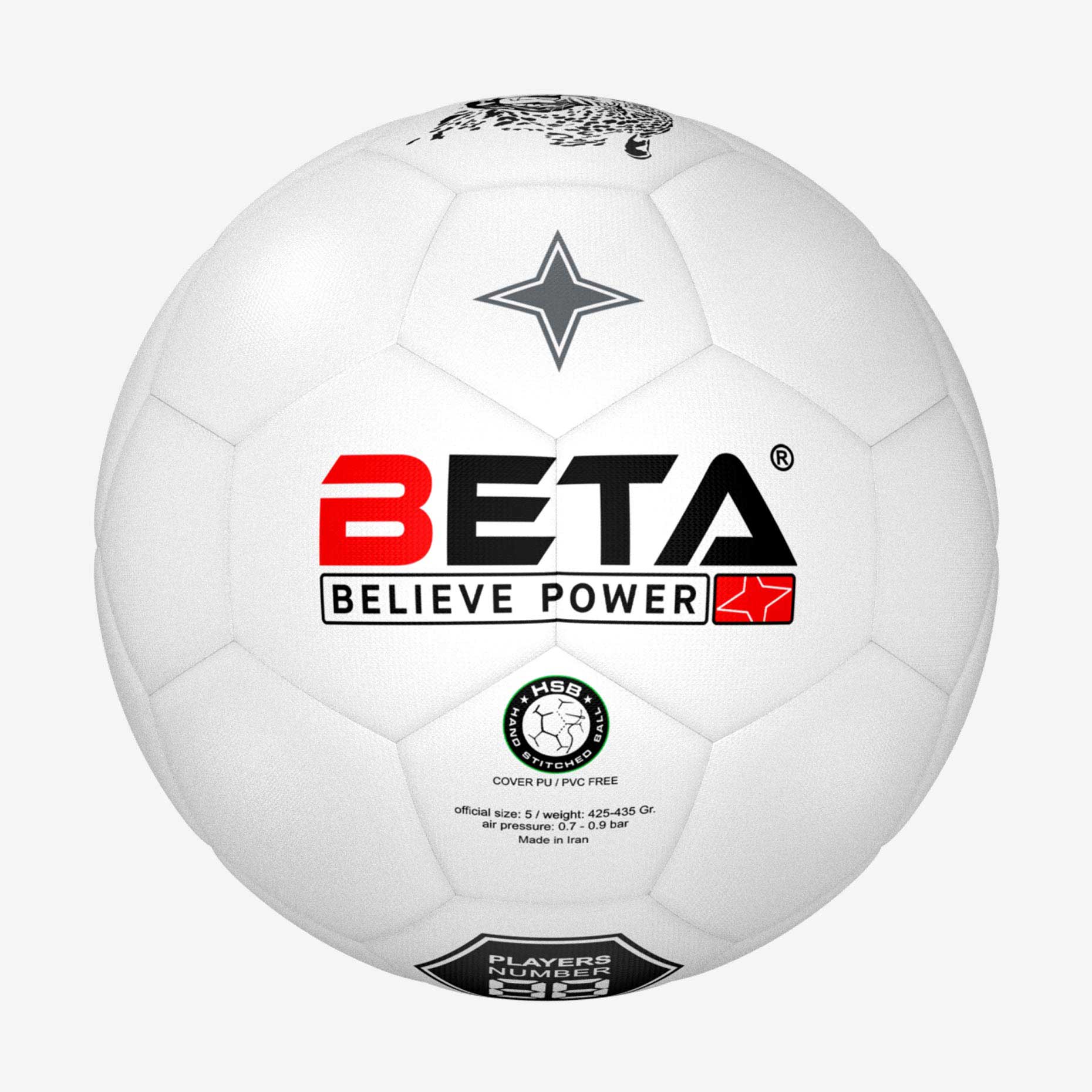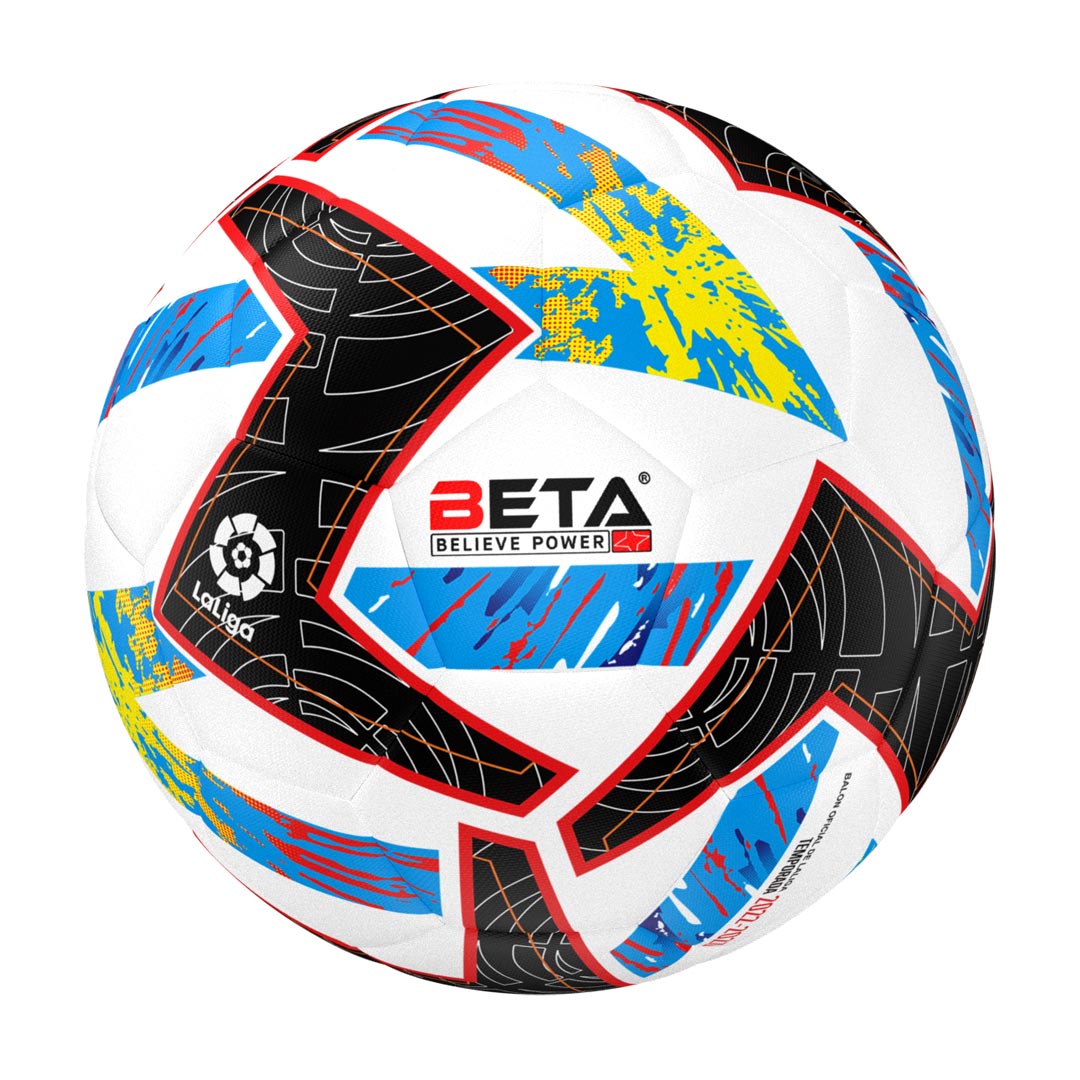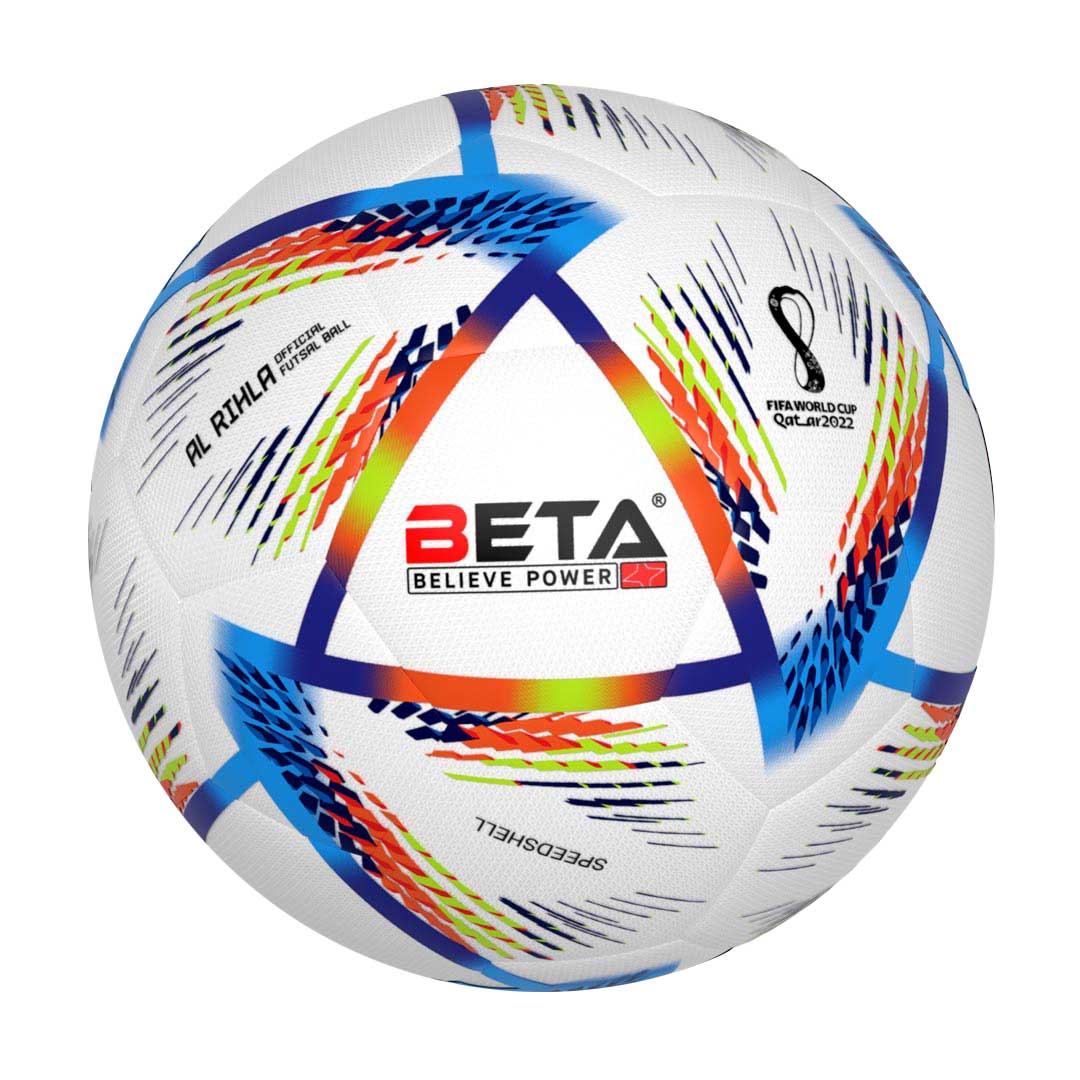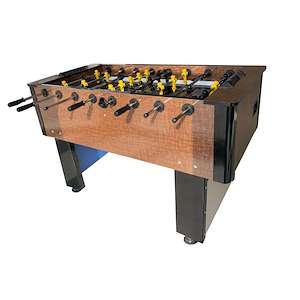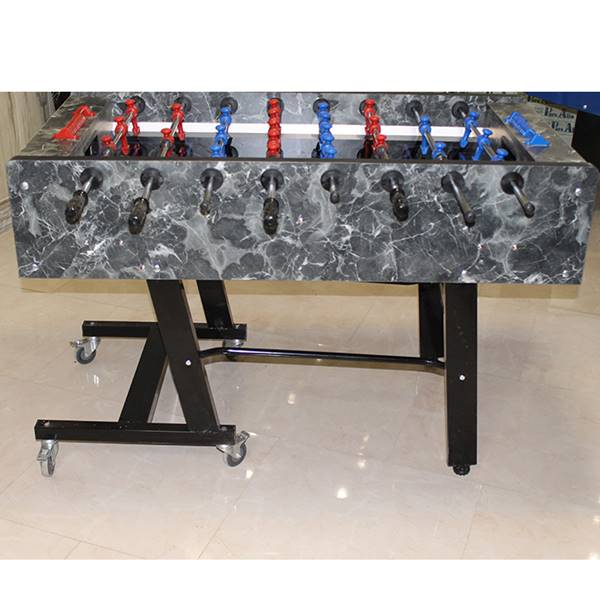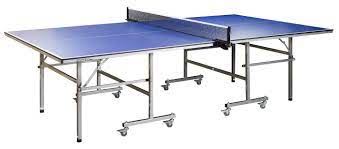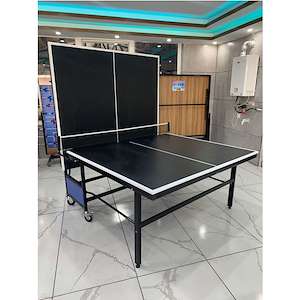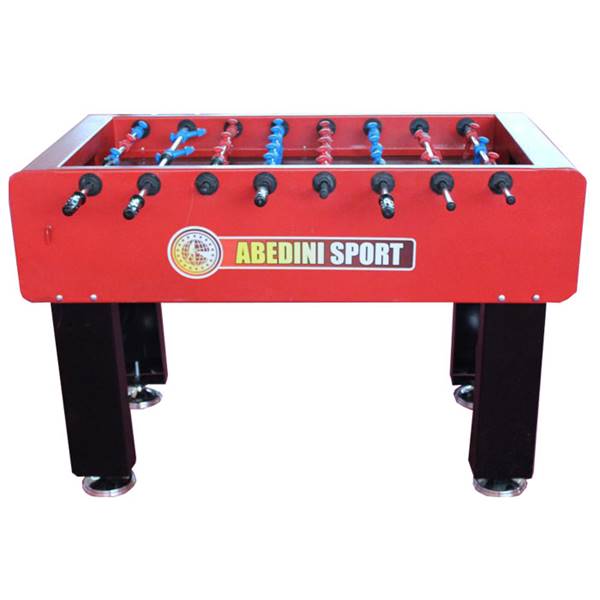Sports & Entertainment
Sport is a physical activity or game that is governed by a set of rules or customs and is often engaged in competitively. It typically involves individuals or teams competing against each other to achieve specific objectives or outcomes. Sports can be played for various purposes, including recreation, exercise, entertainment, and competition.
Common characteristics of sports include skill development, physical exertion, competition, and adherence to rules. There is a wide range of sports, encompassing team sports like soccer, basketball, and football, as well as individual sports such as tennis, swimming, and athletics.
Sports can be organized at various levels, from informal and recreational activities to highly competitive professional leagues. They play a significant role in promoting physical fitness, teamwork, discipline, and social interaction. The diversity of sports reflects the interests and preferences of individuals and cultures worldwide.
It appears there might be a slight typo in your question. I assume you meant "entertainment." Entertainment refers to any activity, performance, or presentation designed to provide amusement, enjoyment, or relaxation to an audience. It encompasses a wide range of forms and mediums, including:
1. Movies and Television: Films, TV shows, and series created for entertainment purposes.
2. Music: Live performances, recorded music, concerts, and music festivals.
3. Gaming: Video games, board games, and other interactive forms of entertainment.
4. Performing Arts: Theater, dance performances, and live shows.
5. Literature: Books, novels, and storytelling for enjoyment and escapism.
6. Sports: Athletic competitions and events for both participants and spectators.
7. Visual Arts: Paintings, sculptures, and other visual creations appreciated for their aesthetic value.
8. Virtual and Augmented Reality: Emerging technologies providing immersive entertainment experiences.
The purpose of entertainment is to captivate and engage an audience, eliciting emotions ranging from laughter and joy to suspense and excitement. It plays a crucial role in leisure time, offering individuals a means of relaxation and cultural enrichment.
Physical exertion refers to the effort or energy expended during physical activities. It involves the contraction of muscles and the expenditure of energy to perform various tasks. Physical exertion can vary widely depending on the intensity, duration, and type of activity.

Key points about physical exertion include:
1. Intensity: The level of effort or force applied during an activity determines its intensity. Activities can range from low-intensity, such as walking, to high-intensity, such as sprinting or weightlifting.
2. Duration: The length of time an activity is sustained also contributes to the overall level of physical exertion. Longer durations may lead to increased fatigue.
3. Type of Activity: Different types of physical activities engage various muscle groups and energy systems, resulting in distinct forms of exertion. For example, aerobic exercises like running focus on cardiovascular endurance, while weightlifting emphasizes strength.
4. Cardiovascular Exertion: Activities that increase heart rate and breathing, such as running or cycling, contribute to cardiovascular exertion.
5. Muscular Exertion: Involves the effort applied by muscles during activities like weightlifting, push-ups, or resistance training.
6. Caloric Expenditure: Physical exertion is associated with the burning of calories, influencing overall energy balance and fitness.
Regular physical exertion is important for maintaining good health, improving cardiovascular fitness, building strength, and managing body weight. It is a key component of an active and healthy lifestyle. However, it's essential to consider individual fitness levels, health conditions, and proper form to engage in physical activities safely and effectively.
Physical fitness refers to the overall state of health and well-being that allows an individual to perform daily activities with vigor and without excessive fatigue. It involves a combination of various components, each contributing to a person's overall fitness level. The key components of physical fitness include:
1. Cardiorespiratory Endurance: The ability of the heart, lungs, and circulatory system to deliver oxygen and nutrients efficiently to working muscles during prolonged physical activity.
2. Muscular Strength: The maximum force a muscle or group of muscles can exert against resistance.
3. Muscular Endurance: The ability of muscles to perform repetitive contractions or sustain a contraction over an extended period without fatigue.
4. Flexibility: The range of motion or the ability of joints to move through their full range without discomfort or stiffness.
5. Body Composition: The proportion of fat and non-fat mass in the body. It is often expressed as the percentage of body fat.
Achieving and maintaining physical fitness involves engaging in regular physical activity, which can include cardiovascular exercises, strength training, flexibility exercises, and other forms of exercise. A balanced and well-rounded fitness program helps improve overall health, reduce the risk of chronic diseases, and enhance quality of life.

It's important to note that physical fitness is a dynamic and individualized concept, and different individuals may have different fitness goals and abilities. Regular exercise, a healthy diet, and lifestyle choices contribute to achieving and maintaining optimal physical fitness.
Camping and hiking are outdoor recreational activities that provide opportunities to connect with nature, enjoy physical exercise, and experience the beauty of the great outdoors. Here's a brief overview of each:
1. Camping:
- Definition: Camping involves staying outdoors overnight, typically in a tent, camper, or other temporary shelter.
- Types: Camping can range from car camping (accessible by vehicle) to backpacking (carrying equipment on your back to more remote locations).
- Activities: Camping often includes activities such as cooking outdoors, building a campfire, stargazing, and enjoying the natural surroundings.
2. Hiking:
- Definition: Hiking is a form of walking, usually in natural environments like trails, mountains, or forests.
- Types: Hiking can vary in difficulty and distance, ranging from short day hikes to long-distance hikes or backpacking trips.
- Benefits: Hiking provides exercise, promotes cardiovascular health, and offers opportunities for stress reduction and mental well-being.
- Scenery: Hiking allows individuals to explore diverse landscapes, encounter wildlife, and appreciate the beauty of nature.
Commonalities:
- Connection with Nature: Both camping and hiking offer a chance to immerse oneself in nature, away from the hustle and bustle of urban life.
- Physical Activity: Both activities involve physical exercise, contributing to overall health and well-being.
- Equipment: Both activities may require specific equipment such as tents, sleeping bags, hiking boots, and outdoor clothing.
Whether camping or hiking, individuals can choose their level of adventure, from a relaxed weekend at a developed campground to a challenging trek through wilderness areas. These activities promote a sense of adventure, self-sufficiency, and appreciation for the natural environment.
It appears there might be a slight typo in your question. I assume you meant "entertainment." Entertainment refers to any activity, performance, or presentation designed to provide amusement, enjoyment, or relaxation to an audience. It encompasses a wide range of forms and mediums, including:
2. Music: Live performances, recorded music, concerts, and music festivals.
3. Gaming: Video games, board games, and other interactive forms of entertainment.
4. Performing Arts: Theater, dance performances, and live shows.
5. Literature: Books, novels, and storytelling for enjoyment and escapism.
6. Sports: Athletic competitions and events for both participants and spectators.
7. Visual Arts: Paintings, sculptures, and other visual creations appreciated for their aesthetic value.
8. Virtual and Augmented Reality: Emerging technologies providing immersive entertainment experiences.
Physical exertion refers to the effort or energy expended during physical activities. It involves the contraction of muscles and the expenditure of energy to perform various tasks. Physical exertion can vary widely depending on the intensity, duration, and type of activity.

2. Duration: The length of time an activity is sustained also contributes to the overall level of physical exertion. Longer durations may lead to increased fatigue.
3. Type of Activity: Different types of physical activities engage various muscle groups and energy systems, resulting in distinct forms of exertion. For example, aerobic exercises like running focus on cardiovascular endurance, while weightlifting emphasizes strength.
4. Cardiovascular Exertion: Activities that increase heart rate and breathing, such as running or cycling, contribute to cardiovascular exertion.
5. Muscular Exertion: Involves the effort applied by muscles during activities like weightlifting, push-ups, or resistance training.
6. Caloric Expenditure: Physical exertion is associated with the burning of calories, influencing overall energy balance and fitness.
Physical fitness refers to the overall state of health and well-being that allows an individual to perform daily activities with vigor and without excessive fatigue. It involves a combination of various components, each contributing to a person's overall fitness level. The key components of physical fitness include:
2. Muscular Strength: The maximum force a muscle or group of muscles can exert against resistance.
3. Muscular Endurance: The ability of muscles to perform repetitive contractions or sustain a contraction over an extended period without fatigue.
4. Flexibility: The range of motion or the ability of joints to move through their full range without discomfort or stiffness.
5. Body Composition: The proportion of fat and non-fat mass in the body. It is often expressed as the percentage of body fat.
Achieving and maintaining physical fitness involves engaging in regular physical activity, which can include cardiovascular exercises, strength training, flexibility exercises, and other forms of exercise. A balanced and well-rounded fitness program helps improve overall health, reduce the risk of chronic diseases, and enhance quality of life.

Camping and hiking are outdoor recreational activities that provide opportunities to connect with nature, enjoy physical exercise, and experience the beauty of the great outdoors. Here's a brief overview of each:
- Definition: Camping involves staying outdoors overnight, typically in a tent, camper, or other temporary shelter.
- Types: Camping can range from car camping (accessible by vehicle) to backpacking (carrying equipment on your back to more remote locations).
- Activities: Camping often includes activities such as cooking outdoors, building a campfire, stargazing, and enjoying the natural surroundings.
- Definition: Hiking is a form of walking, usually in natural environments like trails, mountains, or forests.
- Types: Hiking can vary in difficulty and distance, ranging from short day hikes to long-distance hikes or backpacking trips.
- Benefits: Hiking provides exercise, promotes cardiovascular health, and offers opportunities for stress reduction and mental well-being.
- Scenery: Hiking allows individuals to explore diverse landscapes, encounter wildlife, and appreciate the beauty of nature.
- Connection with Nature: Both camping and hiking offer a chance to immerse oneself in nature, away from the hustle and bustle of urban life.
- Physical Activity: Both activities involve physical exercise, contributing to overall health and well-being.
- Equipment: Both activities may require specific equipment such as tents, sleeping bags, hiking boots, and outdoor clothing.
FAQs
What is sport?
Sport is a physical activity or game that is governed by a set of rules or customs and is often engaged in competitively
What is the purpose of sports ?
Sports can be played for various purposes, including recreation, exercise, entertainment, and competition.
What are the most popular sports?
There is a wide range of sports, encompassing team sports like soccer, basketball, and football, as well as individual sports such as tennis, swimming, and athletics.
What are the effects of regular physical exertion?
Regular physical exertion is important for maintaining good health, improving cardiovascular fitness, building strength, and managing body weight. It is a key component of an active and healthy lifestyle.


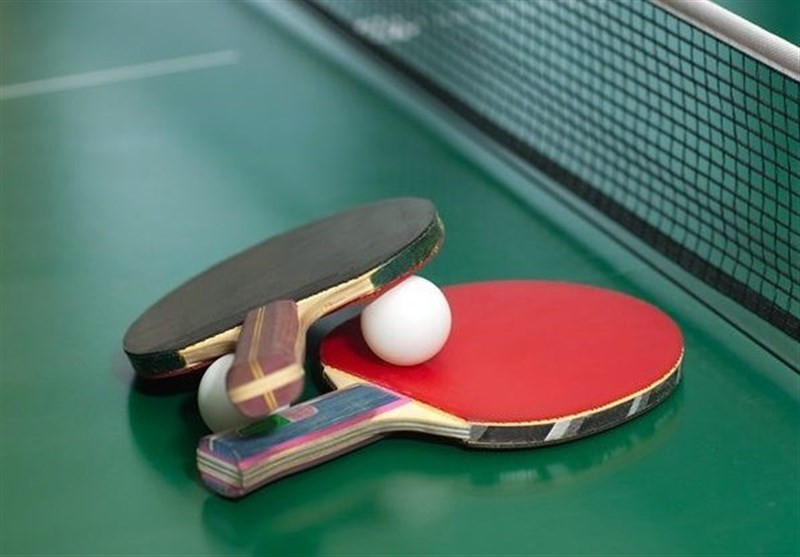







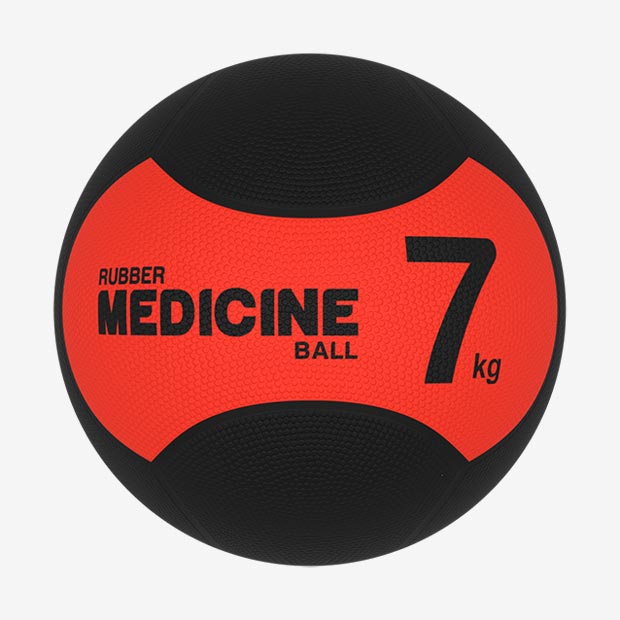




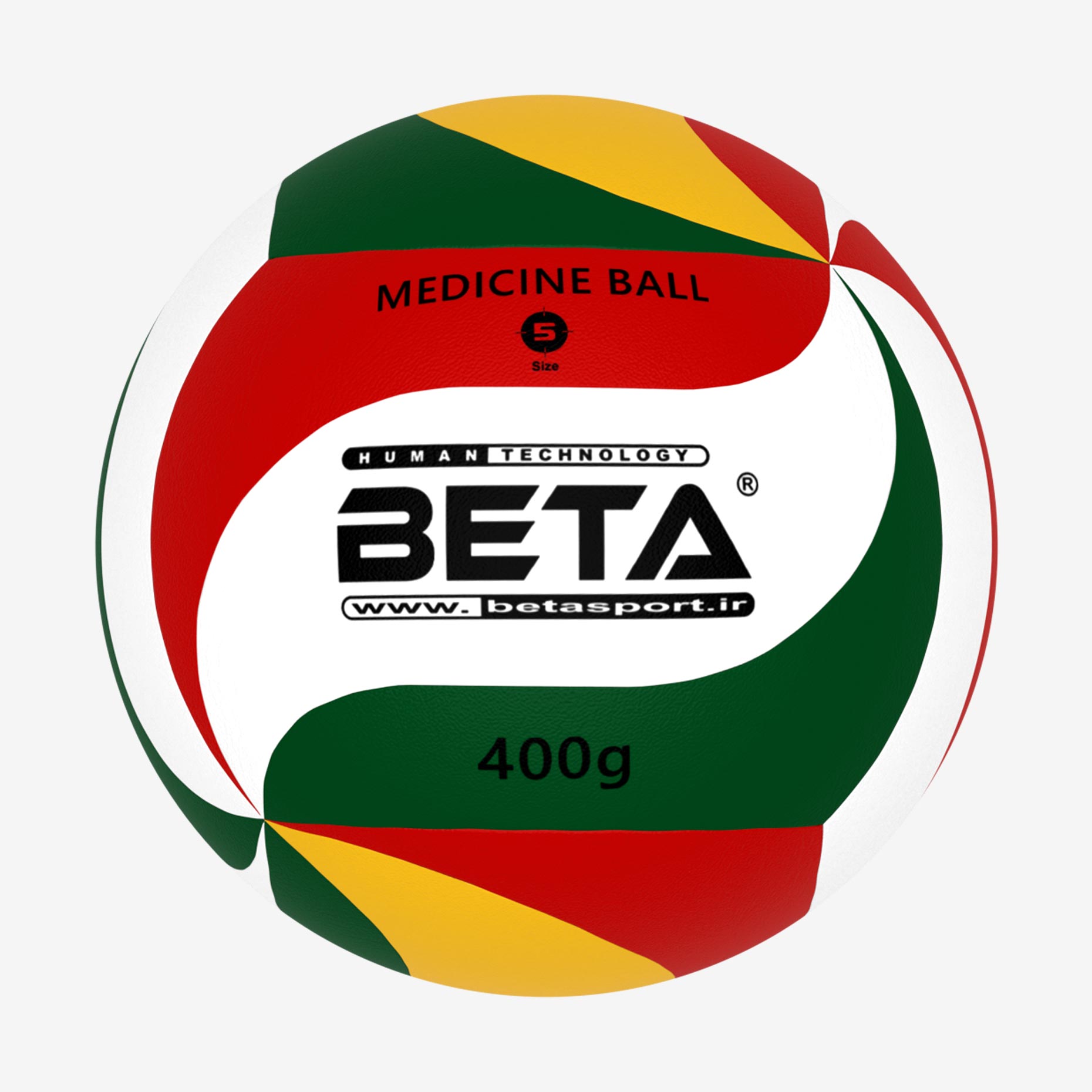


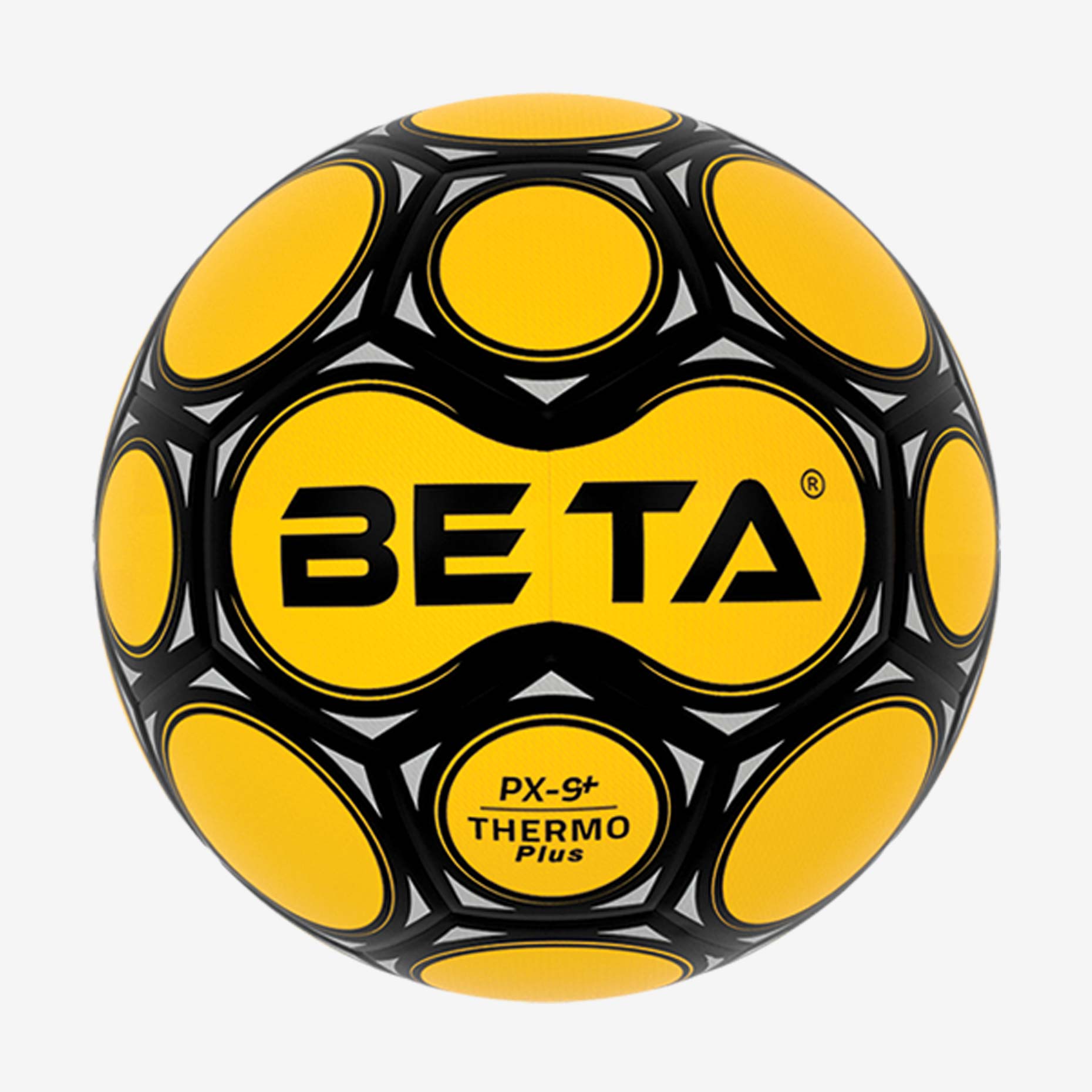
.jpg)
